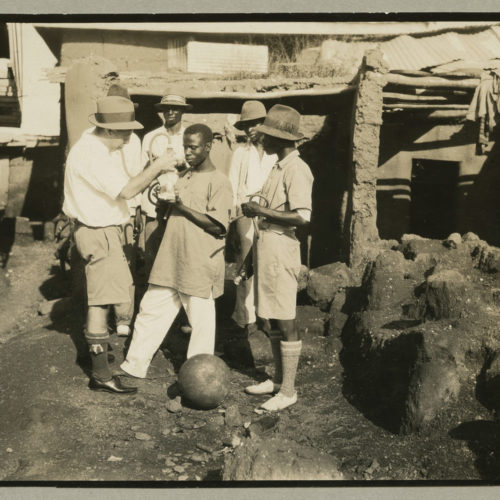Grades 4-8. The following unit engages students with archival material related to the yellow fever epidemic during the construction of the Panama Canal. Students will learn about archives, primary and secondary sources through the lens of the yellow fever. They will make connections to other public health campaigns such as tuberculosis and Covid. Applying present day awareness strategies, students will create their own public health campaigns for yellow fever in the form of “challenges,” hashtags, posters, billboard mockups, and bulletins. Support materials are integrated into the lessons, and the selected primary source documents can be found at the end of the unit.
Yellow Fever
Explore Further

Near East Relief Document Analysis Websites
Grades 4 – 8. The following unit engages students with archival material related to Near East Relief. The unit framework, primary sources, and resources can be integrated into classrooms of grades 4-8. Each lesson has student objectives that can be accomplished within 40 minute periods over the course of several weeks. The final project will be…
HIV/AIDS in the 1980s
Grades 10 – Graduate level/Adult education. This audiovisual media literacy educational resource focuses on video media. Videographic materials often communicate messages visually. Articulating precisely how this is done, through both visual and narrative information, requires critical media literacy skills. Through watching and analyzing these videos, students will explain underlying messages and attitudes within the videos.

New Research: Nixon’s Latin American Policy, Failed Yellow Fever Eradication, Mexican Fellows, and Nigerian Public Health
Our New Research series offers readers a venue to take a peek at recent archival research at RAC. It presents newly published reports submitted by RAC travel stipends recipients who have pursued their studies using our collections. In this edition of our series, the researchers’ reports showcase how our collections document events and people’s lives…